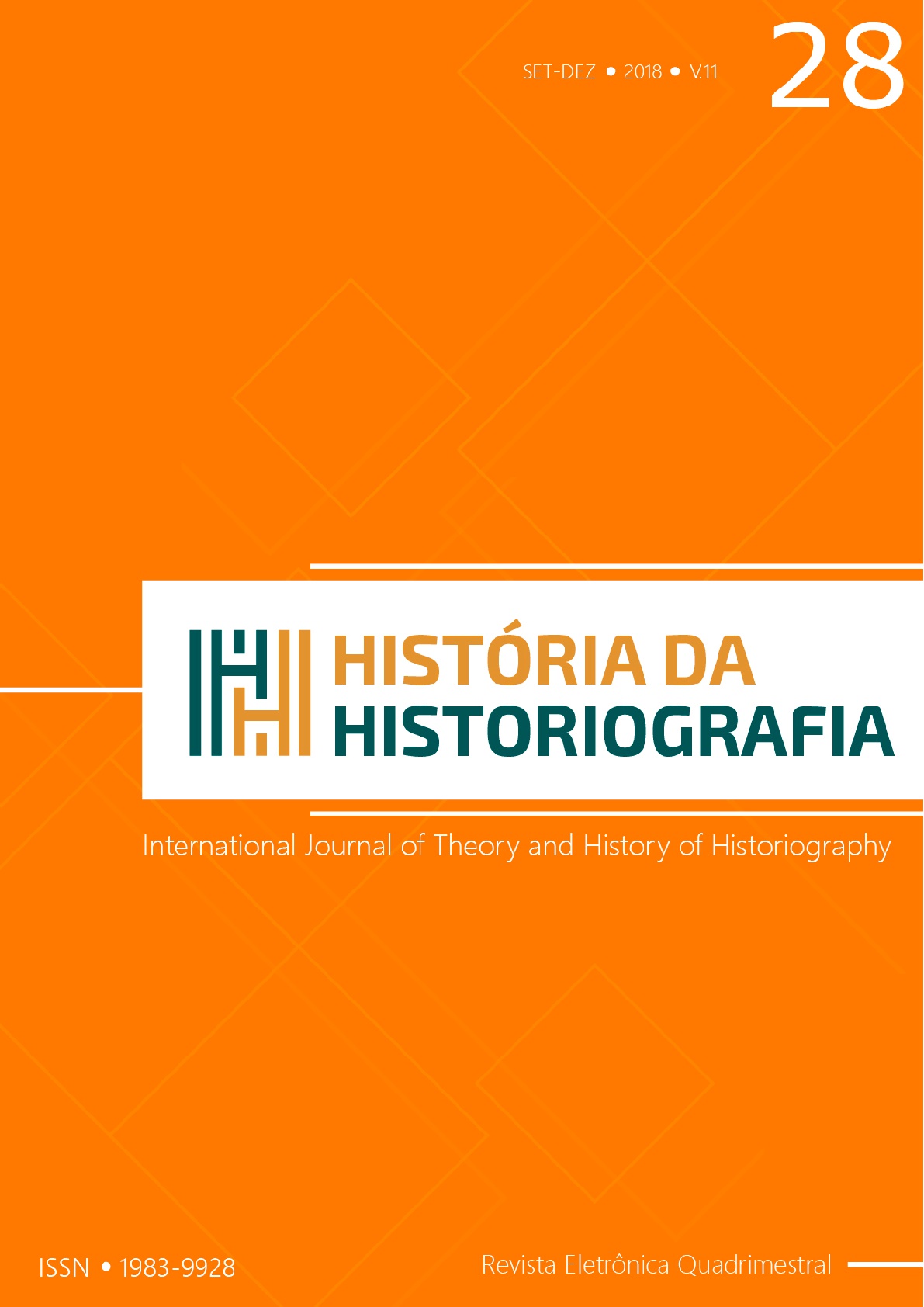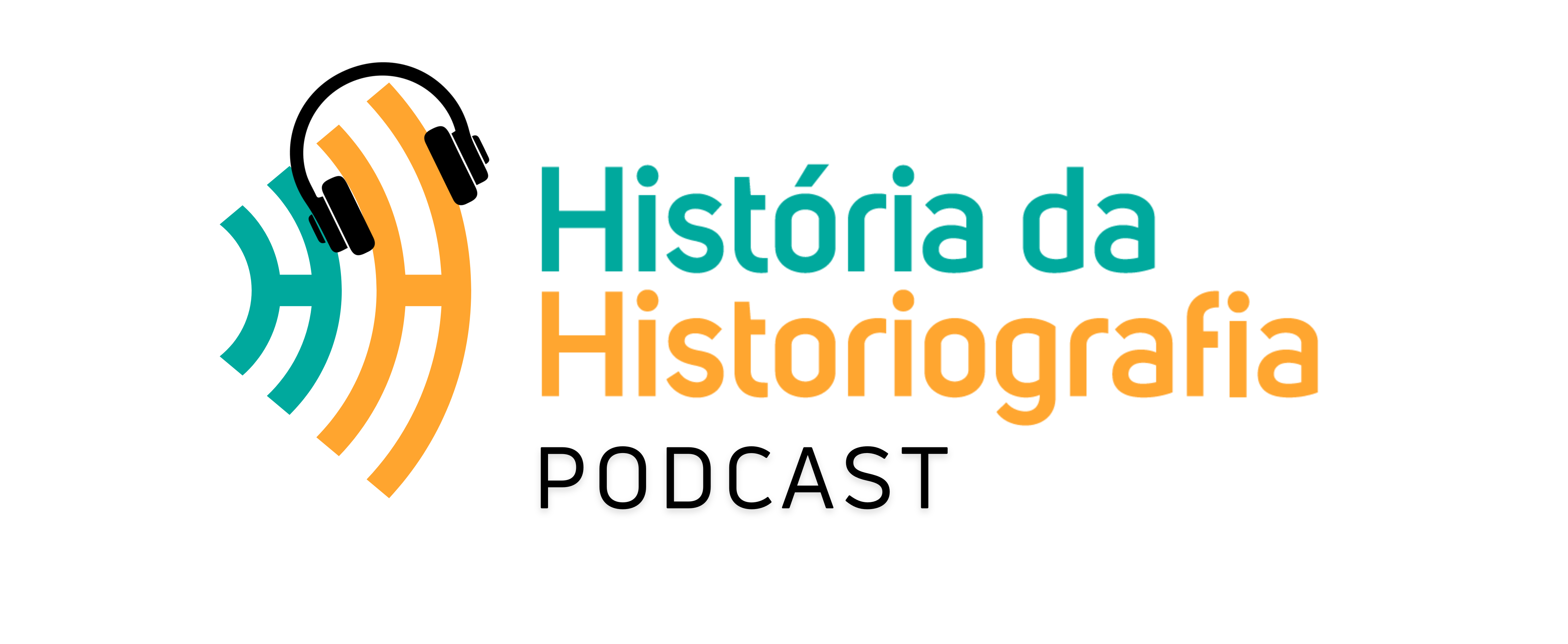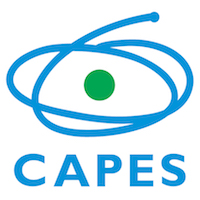O Quattrocento florentino e a historiografia da arte em Aby Warburg
DOI:
https://doi.org/10.15848/hh.v11i28.1302Palavras-chave:
Historiografia alemã, Renascimento, FlorençaResumo
A obra de Aby Warburg (1866–1929), dedicada, sobretudo, ao grande tema da sobrevivência da tradição clássica no Renascimento europeu, vem ganhando notoriedade nas últimas décadas, inclusive no Brasil. Este artigo busca uma imersão na obra desse historiador, circunscrevendo-se, em especial, à tese sobre Botticelli e a alguns estudos sucessivos sobre o tema do Quattrocento florentino. Apresenta-se uma leitura orientada por um esforço de contextualização, em que se almeja identificar suas principais referências historiográficas, a demonstrar sua latente interlocução com a historiografia da arte produzida no mundo de língua alemã. Nesse sentido, sustenta-se a tese de que Warburg colocou-se nitidamente alinhado à tradição de “história da arte como história da cultura”, presente na obra de autores como Jacob Burckhardt, Anton Springer e Hubert Janitschek.
Downloads
Referências
BING, Gertrud. A. M. Warburg. Journal of the Warburg and Courtauld Institutes, v. 28, p. 299–313, 1965. DOI: https://doi.org/10.2307/750675
BURCKHARDT, Jacob. Beiträge zur Kunstgeschichte von Italien: das Altarbild, das Porträt in der Malerei, die Sammler. Basel: C. F. Lendorff, 1898.
BURCKHARDT, Jacob. The civilization of the Renaissance in Italy. London: Penguin, 2004 [1860].
CADOGAN, Jean K. Domenico Ghirlandaio: artist and artisan. New Haven, London: Yale University, 2000.
DIDI-HUBERMAN, Georg. A imagem sobrevivente: história da arte e tempo dos fantasmas segundo Aby Warburg. Rio de Janeiro: Contraponto, 2013 [2002].
DIERS, Michael. Warburg aus Briefen: Kommentare zu den Kopierbüchern der Jahre 1905–1918. Weinheim: Acta Humaniora, 1991.
DROMMERT, René. Aby Warburg und die Kulturwissenschaftliche Bibliothek in der Heilwigstraße. In: GALITZ, Robert; REIMERS, Brita (Orgs.). Aby Warburg: »Ekstatische Nymphe... trauernder Flußgott« Portrait eines Gelehrten. Hamburg: Dölling und Galitz, 1995, p. 14–18.
FERNANDES, Cássio. O lugar de o retrato na pintura italiana do Renascimento na obra de Jacob Burckhardt. In: BURCKHARDT, Jacob. O retrato na pintura italiana do Renascimento. Campinas, São Paulo: Unicamp, Fap- Unifesp, 2012, p. 21–47.
FORSTER, Kurt. Introduction. In: WARBURG, Aby. The renewal of pagan Antiquity: contributions to the cultural history of the European Renaissance. Los Angeles: Getty Research Institute, 1999, p. 1–75.
GASPARY, Adolf. Geschichte der italienischen Literatur. Strassburg: K. J. Trübner, 1885. DOI: https://doi.org/10.1515/9783111448794
GRIMM, Herman. Sandro Botticelli, Geburt der Venus und Frühling. Deutsche Literaturzeitung, v. 14, p. 690–692, 1893.
GOMBRICH, E. H. Aby Warburg: an intellectual biography. 2ª ed. Chicago: The University of Chicago, 1986 [1970].
HEYCK, Eduard. Die Mediceer. Bielefeld, Leipzig: Velhagen & Klasing, 1897.
JANITSCHEK, Hubert. Die Gesellschaft der Renaissance in Italien und die Kunst: vier Vorträge. Stuttgart: W. Spemann, 1879.
JANITSCHEK, Hubert. L.B. Alberti‘s kleinere kunsttheoretische Schriften. Wien: W. Braumüller, 1877.
KAEGI, Werner. Das Werk Aby Warburgs: mit einem unveröffentlichten Brief Jacob Burckhardts. Neue Schweizer Rundschau, v. 1, n. 5, p. 283–293, 1933.
LADWIG, Perdita. Das Renaissancebild deutscher Historiker 1898–1933. Frankfurt am Main: Campus, 2004.
LADWIG, Perdita; TREML, Martin; WEIGEL, Sigrid. Die Nymphe und pagane Totenklage: Die Renaissance als Übergangszeitalter. Vorbemerkung der Herausgeber. In: Aby Warburg: Werke in einem Band. Berlin: Suhrkamp, 2010, p. 187–197.
LEVINE, Emily J. Dreamland of humanists: Warburg, Cassirer, Panofsky, and the Hamburg School. Chicago, London: The University of Chicago, 2013. DOI: https://doi.org/10.7208/chicago/9780226061719.001.0001
MCEWAN, Dorothea. Wanderstrassen der Kultur: die Aby Warburg – Fritz Saxl Korrespondenz 1920 bis 1929. Hamburg, München: Dölling und Galitz, 2004.
PRANGE, Regine. Die Geburt der Kunstgeschichte: Philosophische Ästhetik und empirische Wissenschaft. Köln: Deubner, 2004.
ROECK, Bernd. Der junge Aby Warburg. München: C. H. Beck, 1997.
RÖSCH, Perdita. Aby Warburg. Paderborn: Wilhelm Fink, 2010.
SAXL, Fritz. The history of Warburg’s library (1886–1944). In: GOMBRICH, E. H. Aby Warburg: an intellectual biography. 2ª ed. Chicago: The University of Chicago, 1986, p. 325–338 [1970].
SLOVIN, Francesca Cernia. Obsessed by art – Aby Warburg: his life and his legacy. [S.l.]: Xlibris, 2006 [1995].
SPRINGER, Anton. Bilder aus der neueren Kunstgeschichte. Bonn: Adolph Marcus, 1886 [1867]. 2 vol.
THODE, Henry. Franz von Assisi und die Anfänge der Kunst der Renaissance in Italien. Essen: Emil Vollmer, 1998 [1885].
WARBURG, Aby. Conferencia sobre Rembrandt. In: WARBURG, Aby. Atlas Mnemosyne. Madrid: Akal, 2010 [1926], p. 173–178.
WARBURG, Aby. Der Eintritt des antikisierenden Idealstils in die Malerei der Frührenaissance. In: WARBURG, Aby. Werke in einem Band. Berlin: Suhrkamp, 2010 [1914], p. 281–310.
WARBURG, Aby. Flemish and Florentine art in Lorenzo de’ Medici’s circle around 1480. In: WARBURG, Aby. The renewal of pagan antiquity: contributions to the cultural history of the European Renaissance. Los Angeles: Getty Research Institute, 1999 [1901a], p. 305–307.
WARBURG, Aby. Flemish art and the Florentine early Renaissance. In: WARBURG, Aby. The renewal of pagan antiquity: contributions to the cultural history of the European Renaissance. Los Angeles: Getty Research Institute, 1999 [1902a], p. 281–303.
WARBURG, Aby. Florentinische Wirklichkeit und antikisirender Idealismus. In: WARBURG, Aby. Werke in einem Band. Berlin: Suhrkamp, 2010 [1901b], p. 211–233.
WARBURG, Aby. Francesco Sassetti’s last injunctions to his sons. In: WARBURG, Aby. The renewal of pagan antiquity: contributions to the cultural history of the European Renaissance. Los Angeles: Getty Research Institute, 1999 [1907], p. 223–262.
WARBURG, Aby. Sandro Botticelli’s Birth of Venus and Spring. In: WARBURG, Aby. The renewal of pagan antiquity: contributions to the cultural history of the European Renaissance. Los Angeles: Getty Research Institute, 1999 [1893], p. 89–156.
WARBURG, Aby. The art of portraiture and the Florentine bourgeoisie. In: WARBURG, Aby. The renewal of pagan antiquity: contributions to the cultural history of the European Renaissance. Los Angeles: Getty Research Institute, 1999 [1902b], p. 185–221.
WARBURG, Aby. Vom Arsenal zum Laboratorium. In: WARBURG, Aby. Werke in einem Band. Berlin: Suhrkamp, 2010 [1927], p. 683–694.
Downloads
Publicado
Como Citar
Edição
Seção
Licença
O envio de manuscrito para a revista garante aos seus autores a manutenção dos direitos autorais sobre o mesmo e autoriza que a revista realize a primeira publicação do texto. Os dados, conceitos e opiniões apresentados nos trabalhos, bem como a exatidão das referências documentais e bibliográficas, são de inteira responsabilidade dos autores.

Este obra está licenciada com uma Licença Creative Commons Atribuição 4.0 Internacional.


















